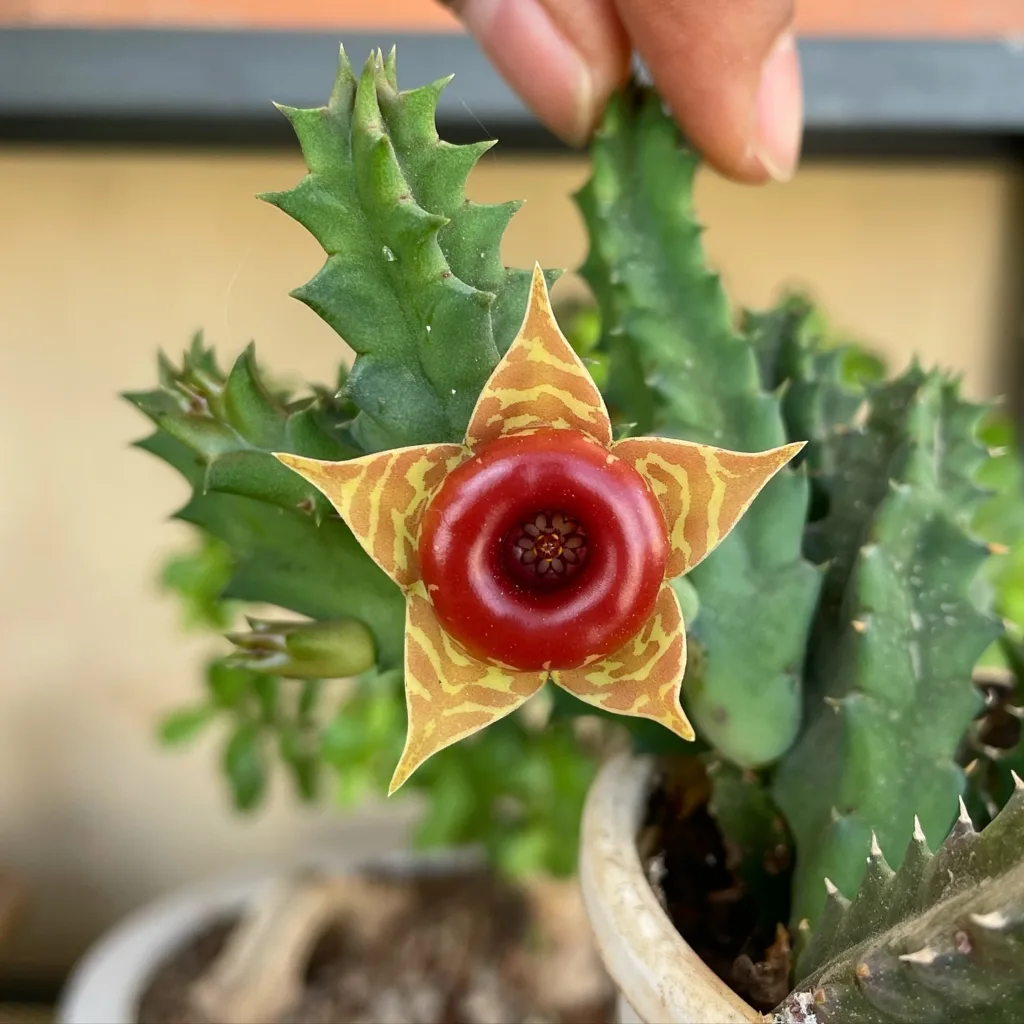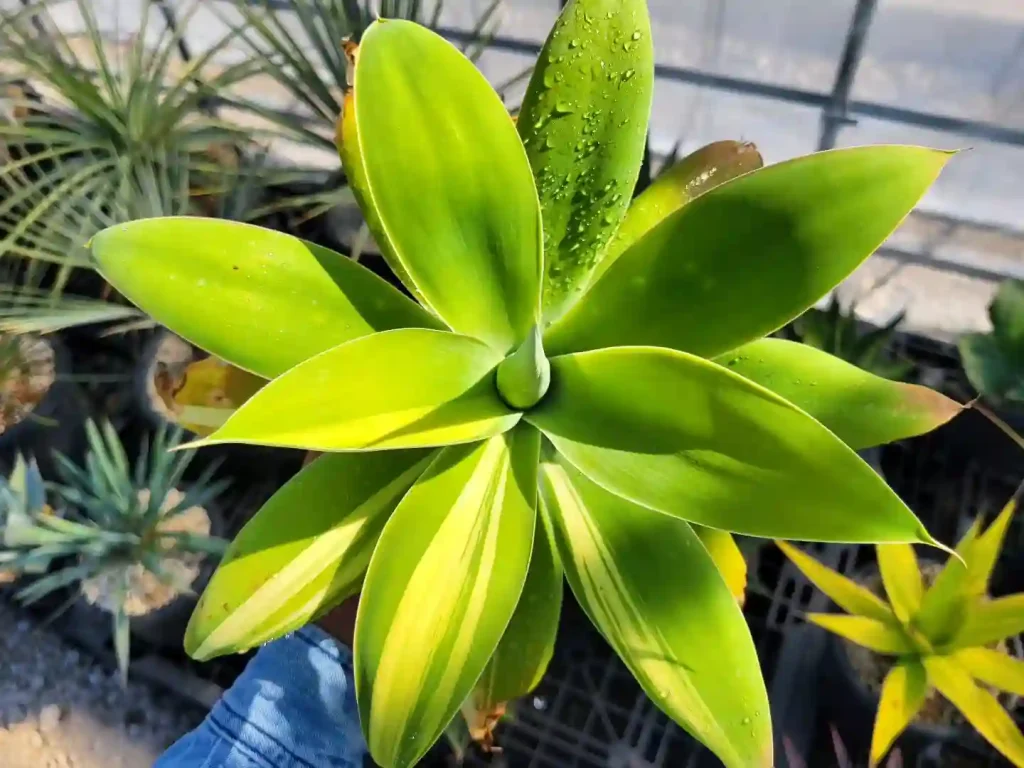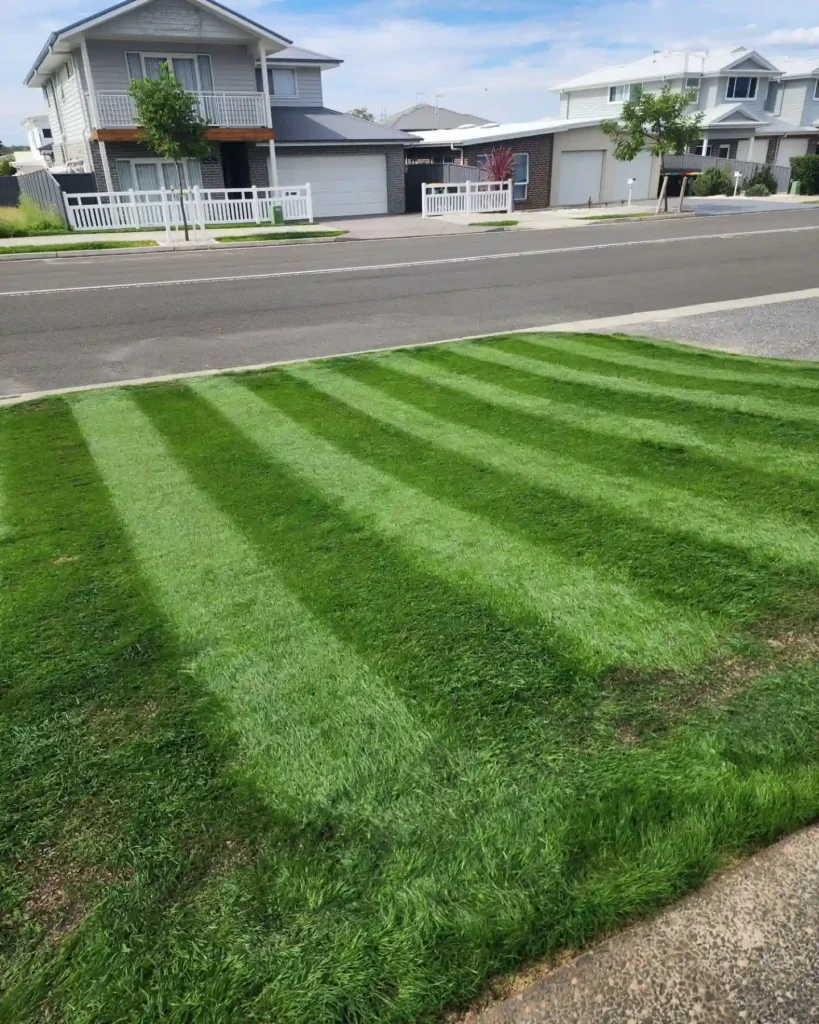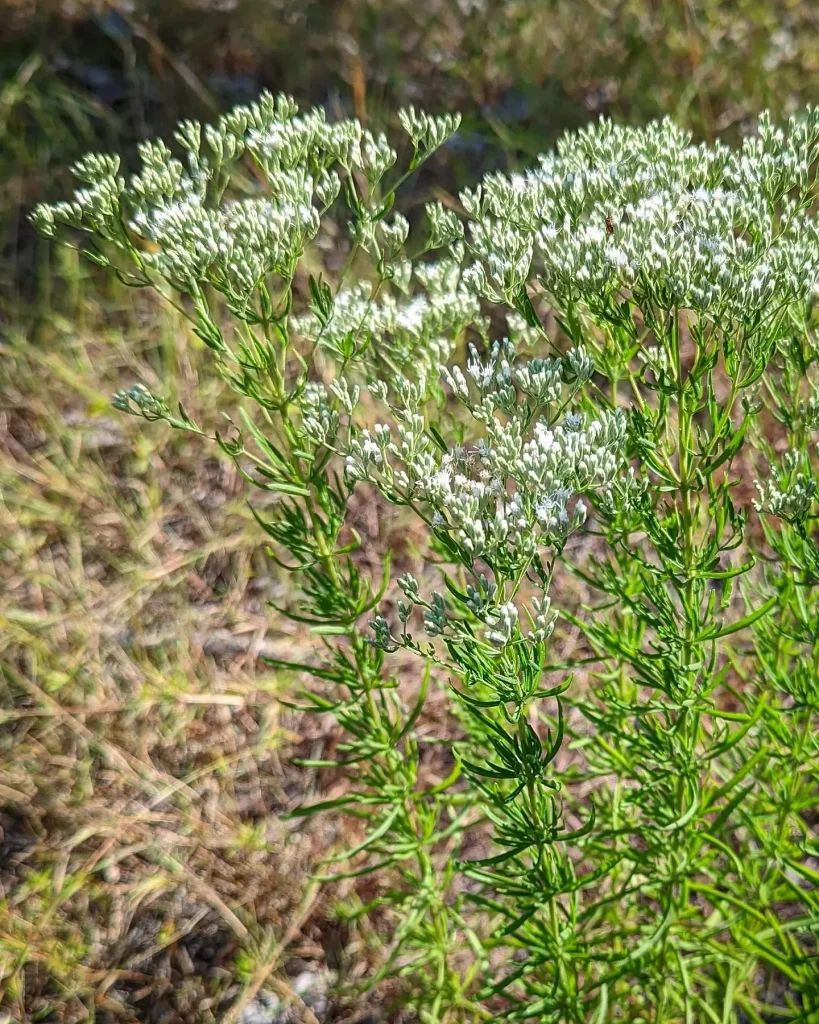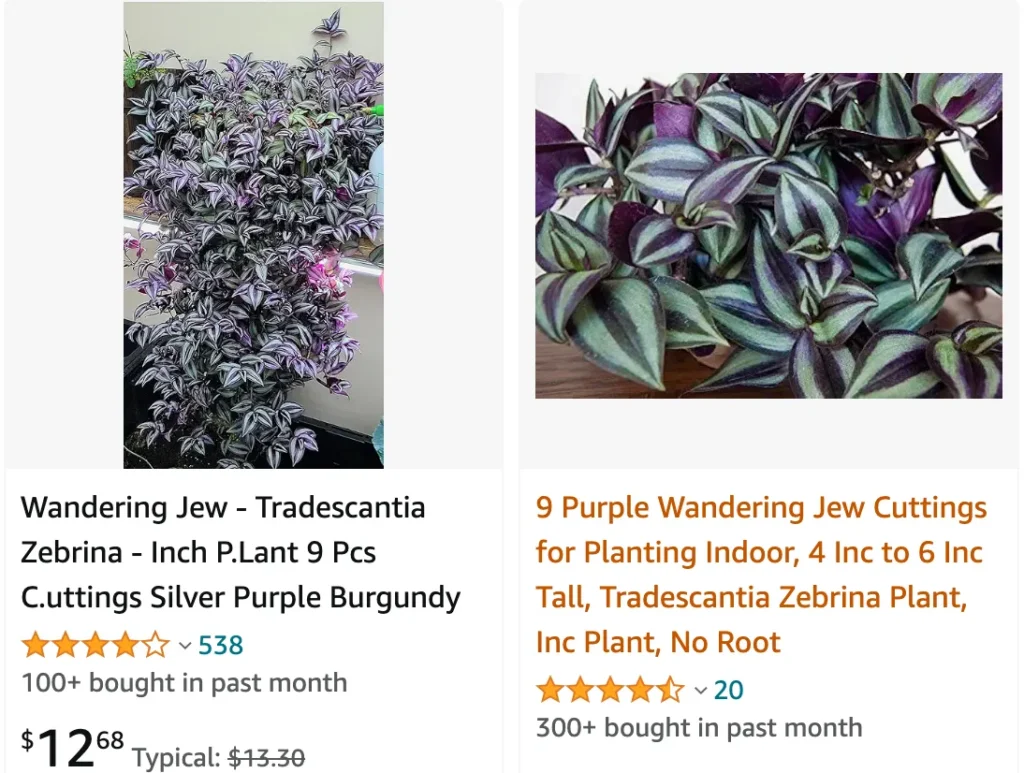
How to make wandering jew bushy?
Wandering Jew (Tradescantia Zebrina) plants are such a joy! I’ve always loved their vibrant colors and the way the vines trail so gracefully. But, let’s be honest, sometimes they get a little leggy. To help them get that bushy look, all you need to do is pinch and prune. Whenever I notice a stem getting too long, I just pinch off the tip, right above a leaf. Not only does this stop it from growing longer, but it encourages the plant to branch out just below where I pinched, making it instantly bushier. Then, I take those cuttings and pop them in some water for a few weeks, and voila! I have even more Wandering Jew plants to spread the love.
86 Species in Genus Tradescantia
Is wandering jew toxic to cats?
Absolutely! My poor little Mittens definitely gave me a scare with this one. We used to have a Wandering Jew hanging in a basket, and I never thought anything of it. Then one day, I noticed Mittens seemed really uncomfortable, licking her paws incessantly. It turned out she must have gotten ahold of a vine because she had a nasty rash around her mouth. After a trip to the vet and a stern talking to about staying away from houseplants, I did some research and discovered the Wandering Jew, despite its pretty face, is definitely not cat-friendly. Now I keep it out of reach and have some spider plants instead – much safer for curious kitty paws.
Can wandering jew live in water forever?
Wandering Jews are troopers, but they’re not exactly mermaids. I tried keeping a few cuttings in water to propagate them for a while, and they did okay for a bit. They even sprouted some roots! But after a month or so, the leaves started to look dull and droopy. It seemed like they just weren’t getting the nutrients they needed from plain water. I learned that while they can tolerate being in water for a short time, they’re definitely happier in soil where they can reach out and grab some good food. Now, I just pop them in a pot with some well-draining soil as soon as they get some decent roots, and they explode with new growth – much healthier and way more vibrant!
Is wandering jew toxic to dogs?
While Wandering Jew isn’t exactly dog-dinner delicious, I haven’t noticed it being terribly toxic in my experience. There haven’t been any times where my pup, Charlie, has chowed down on a vine and gotten sick. However, I did read online that it can cause some allergic skin irritation in dogs. Charlie loves to roll around in the garden, and I’ve definitely seen him get a little itchy after a romp through an area with a lot of Wandering Jew. So, to be safe, I try to keep him out of the thick of it and maybe give him a good brush after outdoor playtime. Better safe than sorry, right?
Does wandering jew come back every year?
That depends where you live! In warmer climates, like mine, Wandering Jew is pretty much an evergreen. As long as the weather stays mild, it keeps putting out new growth all year round. It might slow down a bit in the winter, but it never completely goes dormant. However, I hear in colder places, it can’t handle the frost. People there tend to grow it as a houseplant and bring it indoors for the winter. If it loses its leaves during that time, there’s a good chance it’ll bounce back in the spring when the temperatures rise again. So, whether your Wandering Jew makes a yearly comeback depends on the climate you have.
How to pinch wandering jew?
Pinching Wandering Jew is a breeze! Here’s what I do with mine:
- Target those long stems: I scan my plant for any vines that seem to be getting a little out of control, stretching away from the bushier parts.
- Sharp is key: I grab some sharp pruners or scissors. Blunt tools can damage the delicate stems, so a clean snip is important.
- Pinch, don’t snip (too much): Instead of going for a drastic haircut, I find it best to just pinch off the top inch or two of the stem. I aim for a spot just above a leaf node (the little bump where a leaf grows out).
- Double the fun!: The best part? Those little snips I pinched off? They’re not garbage! I pop them in a jar of water to propagate. In a few weeks, I’ll have baby Wandering Jews ready to plant and create a whole new bushy bunch!
How to propagate wandering jew in water?
Propagating Wandering Jew in water is actually super easy, and it’s my favorite way to get new little plants for free! Here’s my method:
- Snip Snip: I grab some sharp pruners or scissors and find a healthy stem on my main plant. Ideally, it should be a few inches long and have at least a couple of leaves.
- Leaf it to the nodes: Look closely at the stem. You’ll see little bumps where leaves grow out – those are the nodes. Try to make your cut just below a node, so the new plant has a place to sprout roots.
- Single or double? Up to you! I like to take a couple of cuttings at a time and put them all in the same jar. That way, I can create a little water garden and enjoy the pretty colors while they sprout.
- Water wonderland: I find a glass jar or container and fill it with fresh, clean water. Tap water is fine, but if yours has a strong chlorine smell, letting it sit out for a day helps.
- Leaf it be (mostly): I place the cuttings in the jar, making sure the nodes are submerged in the water, but the leaves stay above the surface. Then I just find a bright spot with indirect sunlight and let nature take its course!
- Root watch: Every few days, I peek at the jar to see how things are going. In a week or two, I should start to see little white roots growing out from the nodes. That’s a good sign!
- New home time! Once the roots get to be an inch or two long, it’s time to graduate my new plants to a pot. I fill a pot with well-draining potting mix and carefully plant the cuttings, making sure the roots are covered.
- Welcome to the jungle! I water the newly potted plants and give them a nice spot with bright, indirect light. With a little love, they’ll be off and growing in no time, ready to become bushy new members of my plant family!
How to root wandering jew?
As you mentioned, rooting Wandering Jew in water works wonders! But if you’d like to try something different, you can absolutely root them directly in soil too. Here’s what I’ve found works well:
- Prep party: Grab a pot with drainage holes and fill it with a well-draining potting mix. Wandering Jews aren’t fans of soggy feet, so good drainage is key.
- Snip selection: Just like with water propagation, choose a healthy stem a few inches long with a couple of leaves. Make a clean cut with sharp pruners or scissors, ideally just below a leaf node.
- Planting time: Make a small hole in the soil with your finger or a pencil, just deep enough to comfortably hold the stem. Gently push the stem cutting into the hole, making sure the nodes are buried in the soil.
- Moisture mission: Water the soil lightly until it’s moist but not soggy. Remember, they’re used to some moisture, but not a swimming pool.
- Light it up: Find a spot with bright, indirect sunlight. Too much direct sun can scorch the leaves, but they won’t thrive in the dark either.
- Patience is a virtue: Rooting in soil might take a little longer than water propagation, but usually within a few weeks, you should see new growth emerge from the nodes you buried.
- Keep it steady: Maintain consistent, moderate moisture in the soil. Don’t let it dry out completely, but avoid overwatering either.
- Congrats! Once your new Wandering Jew has established a good root system and healthy new growth, you can relax and enjoy your success!
What to do if cat eats wandering jew?
If your cat nibbled on some Wandering Jew, here’s what I usually do:
- Monitor closely: First, keep a close eye on your feline friend. Look for signs of discomfort like vomiting, diarrhea, or excessive paw licking.
- Call the vet (for peace of mind): While Wandering Jew isn’t usually deadly, it can irritate their tummy. For peace of mind, I recommend calling your vet for advice. They can give you specific guidance based on how much your cat ate and whether they’re showing any symptoms.
- Remove the temptation: In the meantime, banish the Wandering Jew from your cat’s reach! Put it on a high shelf or in a different room entirely. Curious kitties are crafty, so make sure it’s truly inaccessible.
- Hydration is key: Make sure your cat has access to plenty of fresh water. Sometimes a little extra hydration can help flush out any toxins.
- Bland diet (maybe): If your vet recommends it, you might need to put your cat on a bland diet for a day or two to help settle their stomach. Plain cooked chicken or white fish with some white rice usually does the trick.
Remember, I’m not a vet, so if you’re ever worried about your cat’s health, it’s always best to err on the side of caution and call a professional.
Is wandering jew a perennial?
The answer to whether Wandering Jew is a perennial depends on where you live! Here’s the breakdown:
- Warm climates: In places like mine with mild weather year-round, Wandering Jew acts like a true perennial. It keeps growing and putting out new leaves all through the year. Sure, it might slow down a bit in the winter, but it never goes completely dormant. I can pretty much enjoy it as an evergreen houseplant or outdoor spiller.
- Cold climates: In colder areas with frosts, Wandering Jew isn’t tough enough to handle the freezing temperatures. People there usually grow it as a houseplant and bring it indoors for the winter. If it loses its leaves during that cold spell, there’s a good chance it’ll bounce back in the spring when things warm up again. So, in those places, it acts more like an annual since it might die back in winter.
So, the perennial status of Wandering Jew depends on the climate you have. It can be an evergreen friend year-round in some places, while in others it needs some cozy indoor living during the cold months.
Does wandering jew like to be root bound?
Wandering Jews are pretty adaptable plants, but being root bound is definitely not their happy place. While they might tolerate it for a while, it’s not ideal for their long-term health. Here’s why:
- Stunted growth: Imagine living in a cramped apartment – that’s kind of what happens to a Wandering Jew when it’s root bound. The roots have no space to spread out and search for nutrients and water. This can lead to slow growth, smaller leaves, and fewer vibrant colors.
- Watering woes: A root-bound plant can be tricky to water. The pot dries out quickly because the roots can’t absorb all the water. But overwatering becomes a risk too, because the compacted soil stays soggy for too long. This can lead to root rot, which is a nasty fungal disease.
- Less happy, less healthy: A stressed plant is a vulnerable plant. When a Wandering Jew is root bound, it’s more susceptible to pests and diseases. It just doesn’t have the energy to fight them off.
So, while they might not throw a tantrum if they’re a little root bound, it’s definitely not something they enjoy. Repotting your Wandering Jew when it shows signs of being root bound (like slow growth or pot-pushing roots) will keep it happy, healthy, and cascading with beautiful foliage for years to come.
Why is my wandering jew growing straight up?
There are a couple reasons why your Wandering Jew might be defying its usual cascading ways and growing straight up. Here are the usual culprits:
- Light seeking: These guys are sun-worshippers at heart. If your Wandering Jew isn’t getting enough bright, indirect light, it might be reaching upwards desperately trying to find a better source.
- Leggy growth: Over time, especially with lower light, the stems can get a little leggy and stretched out. This can make them lose their cascading form and appear to be growing straight up.
- Pinching party time?: Do you pinch and prune your Wandering Jew to encourage bushiness? While this is a great technique, sometimes if the cuts are too high up the stem, the new growth might initially shoot straight up before branching out.
Here’s what you can do to get it cascading again:
- Light it up: Give your Wandering Jew a brighter spot with indirect sunlight. A sunny window with a sheer curtain is perfect.
- Pruning with a purpose: If the stems are leggy, consider a gentle pruning. Cut back the long, straight sections to encourage bushier growth lower down. Don’t worry, they bounce back quickly!
- Patience is key: If you recently pinched, it might just be a temporary growth spurt. Those new shoots might straighten up for a bit before cascading as they mature.
- Rotation is your friend: Every time you water your Wandering Jew, give it a quarter turn. This will help all sides of the plant get even light and prevent it from leaning towards the sun.
With a little adjustment and some TLC, your Wandering Jew should be happily cascading and showing off its vibrant colors in no time!
